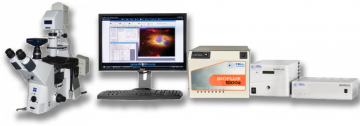Although the factors involved in colonization and disease are well characterized, how EHEC regulates its expression in response to a host encounter is not well understood. The authors report that EHEC perceives attachment to host cells as a mechanical cue that leads to expression of LEE-encoded virulence genes.The data suggest that, in addition to a range of chemical environmental signals, EHEC is capable of sensing and responding to mechanical cues to adapt to its host’s physiology.’ While this work was performed at the University of Birmingham, Dr. Krachler is currently an Associate Professor in the department of Microbiology and Molecular Genetics at UT Health, University of Texas. A long-term goal of this type of research is the reduction of deadly infection by preventing bacterial attachment to host tissues.
Read more












